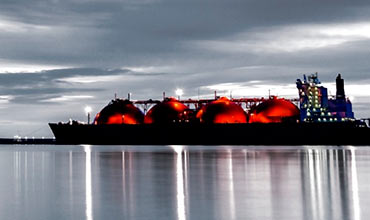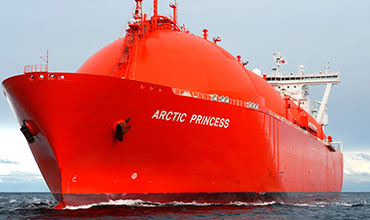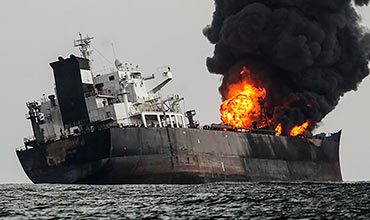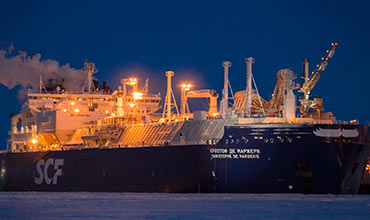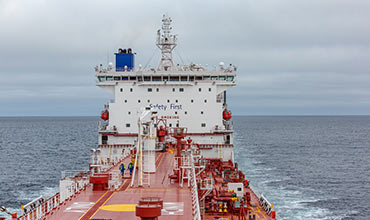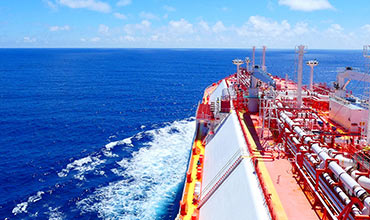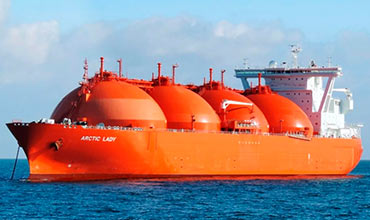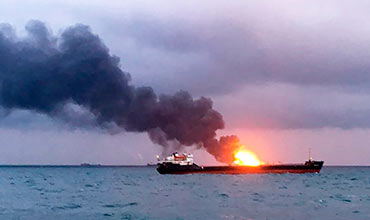Containment Systems on LNG Carriers and Their Fire Effects
LNG carrier containment systems are critical for the safe transportation of liquefied natural gas. These processes are designed to withstand extreme conditions; however, fire poses significant dangers that are able to compromise their integrity and protection.
Impact of Fire on Holding Device
When an Liquefied Natural Gas carrier is exposed to firing, the intense heat is able severely to affect the braking system. The matters used, typically high-grade steel and advanced covering, are designed to maintain the LNG at cryogenic temperatures. However, fire can cause these materials to weaken and degrade. The structural integrity of the enclosure system may be compromised, leading to potential leaks or catastrophic failures.
Thermal Stress and Material Degradation
Thermal stress from ignition can cause the containment structure to expand and contract rapidly. This is able to lead to the development of cracks or even ruptures in the arrangement. The insulation, which is vital toward maintaining lowest level of temperatures, can lose its effectiveness under high heat. As covering degrades, the Liquefied Natural Fuel can warm and vaporize more quickly, increasing pressurize inside the tanks.
Pressure Build-Up and Explosion Risk
As the Liquefied Natural Gas warms, it transitions from a liquid to a gasoline, expanding in volume. The rapid expansion is able to create significant influence within the holding device. If the pressure exceeds the design limits, it will lead to the result in bangs or the release of large quantities of natural fuel. It makes not only a fire peril but also increases the possible for environmental harm.
Safety Measures
To mitigate these risks, LNG carriers are equipped with modern firing detection and suppression methods. Regular inspections and maintenance of containment systems confirm they remain in optimal condition. Emergency protocols are also established to manage fire incidents effectively, minimizing the impact on the holding process.
The results of fire on Liquefied Natural Gas carrier containment systems are profound, with the possibility for structural failure, material degradation and increased explosion danger. Understanding these reactions is crucial to implementing protection measures and ensuring the secure transport of LNG. By maintaining rigorous safety standards and employing new technologies, the Liquefied Natural Gas shipping industry is able to manage better the risks associated with fire.

